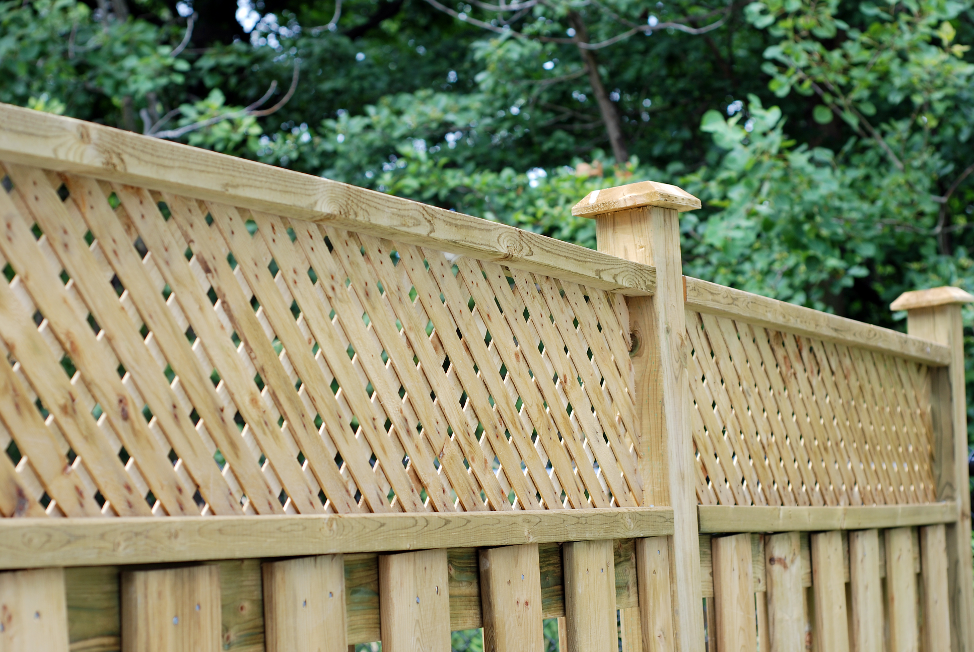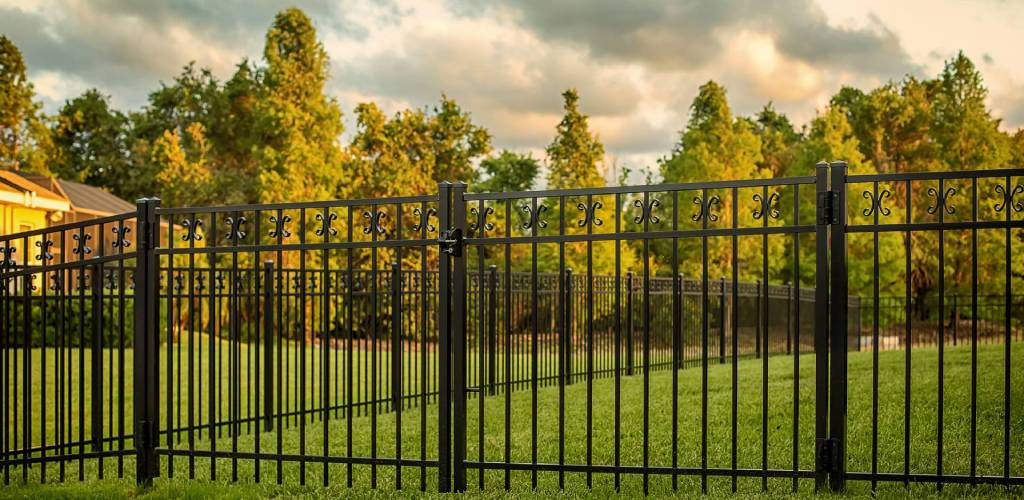All Categories
Featured
Fencings provide lots of benefits for house owners, including personal privacy, safety and security, and enhancing aesthetic allure. Below are a number of crucial indicators that your fence may require to be changed.
![]()
![]()
![]()
Conclusion. A fence is a beneficial financial investment in your home's appearance, personal privacy, and security. As with any type of framework, it will at some point reveal indicators of age and wear. Whether it's via physical damage, parasite invasions, rot, or just the natural development of time, acknowledging the indicators that your fencing needs to be changed can help you make an enlightened decision concerning when to do something about it. By changing your fencing at the appropriate time, you can make certain that your home continues to be secure, aesthetically appealing, and functional for years to find.
- Significant Physical Damage. Physical damage to a fence can be created by various elements, consisting of severe weather, fallen trees, or crashes. If multiple panels are damaged, or the blog posts are entirely jeopardized, the fence will no much longer serve its main objective of giving protection and privacy.

- Decomposing and Decay. Over time, the rot can spread out throughout the fencing, deteriorating its structural honesty. While local locations of decay might be repaired, if the rot is extensive, replacing the fence is normally the finest option.
- Leaning or Tilting. A leaning fence is a clear indication that the blog posts may have been harmed or that the soil around the posts has actually moved. Fences that tilt considerably may remain in risk of tipping over, producing a safety danger. Shifting dirt can occur as a result of numerous aspects, such as disintegration, tree origin development, or ground settling. If the leaning is serious, or if attempts to correct the alignment of the blog posts have not functioned, changing the damaged sections or the whole fence might be essential to keep safety and stability.
- Bug Invasion. Bugs such as ants, termites, and rodents can trigger serious damage to wooden fencings. Termites, for instance, can passage through the wood, triggering comprehensive inner damages that isn't noticeable from the outside. If you see small holes, sawdust around the base of the fence, or evidence of insect activity, it's important to do something about it swiftly. In a lot of cases, pest infestations can weaken the fence to the point where repairs will certainly not be sufficient, and substitute might be required.

- Rust or Rust (For Metal Fences) Metal fencings, including chain-link, aluminum, and functioned iron, are at risk to rust and rust, especially in areas with high wetness or salt direct exposure. With time, corrosion can gnaw at the steel, damaging the structure and triggering the fencing to end up being unpredictable. Repair work may not be enough if the rust is comprehensive and impacting the stability of the fencing. In this instance, replacing the metal sections or the whole fence is the ideal remedy.
- Discoloring or Staining (For Plastic Fences) Vinyl fencings are a preferred selection because of their reduced upkeep and sturdiness. They can start to blemish or discolor over time due to direct exposure to sunlight and rough climate conditions. While some fading can be cleaned with proper cleansers, extreme staining may make the fencing look unpleasant. If the fencing is revealing signs of significant fading, specifically if it influences the total look of your home, changing it with a new vinyl fencing or a different material might enhance both aesthetic appeals and functionality.
- The Fence is Outdated or No More Fulfills Your Needs. In some cases, the need to change a fence isn't because of damages, yet since it no much longer fits your requirements or the style of your home. If your fencing is obsoleted, doesn't give enough personal privacy, or no more supplies the level of safety you require, it might be time for an upgrade. In addition, if your initial fence was developed for a details function, such as keeping animals in, now you need an even more solid obstacle for personal privacy or safety, a replacement will make sure the fencing offers your existing needs.

- Frequent Repair Service Expenses. It may be more economical to change the whole structure rather than continually patching it up if you locate on your own regularly fixing sections of your fence. Frequent repairs can add up gradually, and a fence that calls for constant interest may not be supplying the protection and functionality you require. A brand-new fencing can conserve you cash in the lengthy run by lowering recurring upkeep costs.
- Fencing No More Gives Personal Privacy or Safety. The main functions of numerous fences are to provide privacy and security. If your fence is no more offering these purposes-- whether due to gaps, compromised structure, or merely an outdated layout-- it may need to be changed. A fence that does not use adequate personal privacy can leave your residential property revealed, while a fencing that's no more safeguard can compromise the safety of your home.
- The Fence is Near the End of Its Life-span. If your fencing is coming close to or exceeding this age and reveals several indications of wear, it's a good concept to start intending for a replacement. Also if the fence appears to be in suitable problem, an old fence might be much more at risk to damages, and changing it proactively can save you from dealing with unforeseen problems down the road.
Conclusion. A fence is a beneficial financial investment in your home's appearance, personal privacy, and security. As with any type of framework, it will at some point reveal indicators of age and wear. Whether it's via physical damage, parasite invasions, rot, or just the natural development of time, acknowledging the indicators that your fencing needs to be changed can help you make an enlightened decision concerning when to do something about it. By changing your fencing at the appropriate time, you can make certain that your home continues to be secure, aesthetically appealing, and functional for years to find.
Latest Posts
The Restroom Upgrade Every Detroit Home Is Worthy Of
Published Apr 19, 25
1 min read
Affordable Car Repair Services at Montclare Auto Repair - Don’t Wait, Act Now!
Published Apr 19, 25
2 min read
Unlock Exclusive Discounts with WyHy's Love My Lending institution Rewards
Published Apr 19, 25
1 min read
More
Latest Posts
The Restroom Upgrade Every Detroit Home Is Worthy Of
Published Apr 19, 25
1 min read
Affordable Car Repair Services at Montclare Auto Repair - Don’t Wait, Act Now!
Published Apr 19, 25
2 min read
Unlock Exclusive Discounts with WyHy's Love My Lending institution Rewards
Published Apr 19, 25
1 min read